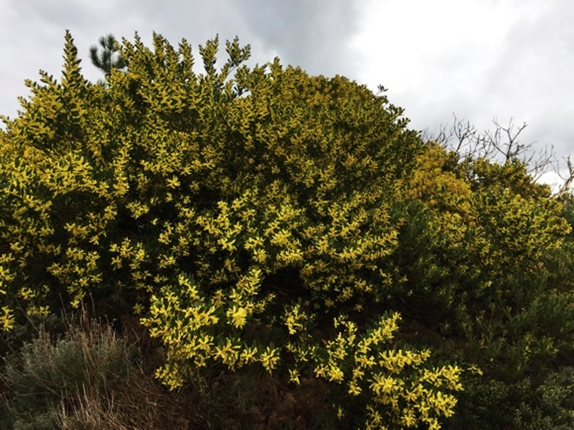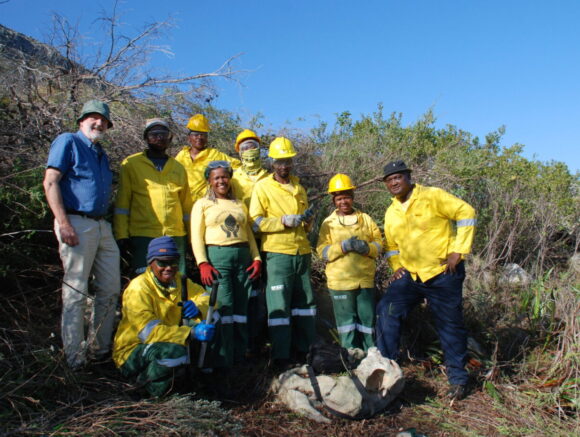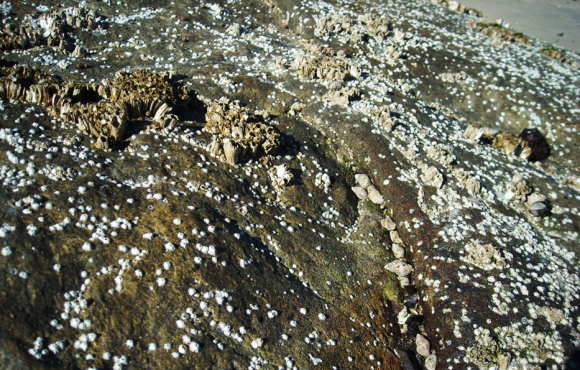19 July 2021 | By Jaco Le Roux
Australian acacias are some of the world’s worst invasive plants and their success has been heavily shaped through their usage by humans for various purposes. C·I·B Research Associate Prof Jaco Le Roux, Director Prof Dave Richardson and Core Team member Prof John Wilson, together with colleagues from the University of Lisbon in Portugal, recently published a meta-analysis in the journal Annals of Botany on the genetic diversity of 37 Australian Acacia species.
The paper, led by PhD student Sara Vicente at Macquarie University, Australia, focused on molecular genetic diversity of both native and invasive populations of acacias. Information on the invasion history such as year of first introduction, number of introductions, and reason(s) for introduction, were recorded for all species.
The study found that Acacia species have been introduced around the world for various purposes, related to land reclamation, horticulture, fuelwood, tannin production, and ornamental plantings. The earliest introductions occurred into South Africa, as far back as the 1820s, while some species were introduced as recently as the 1970s into Asia.
Vicente and colleagues also found that most invasive acacia populations resulted from multiple introductions of high propagule pressure. Because of this, most invasive acacia populations contain very high genetic diversity and do not experience inbreeding. The introduction of high genetic diversity likely also provided opportunities for pre-adapted phenotypes to be introduced, while genetic admixture between different source populations could have led to novel invasive genotypes. These high levels of genetic diversity in invasive populations also suggest that Australian acacias have the capacity to adapt to their new environments.
Vicente says, “While we know the extraordinary invasion success of acacias is closely linked with extensive human usage and dissemination, our study also suggests that high adaptive capacity, as afforded by high levels of genetic diversity, may further contribute to their success.”
Read the full paper
Vicente, S., Máguas, C., Richardson, D.M., Trindade, H., Wilson, J.R.U., Le Roux, J.J. 2021. Highly diverse and highly successful: invasive Australian acacias have not experienced genetic bottlenecks globally. Annals of Botany, mcab053, https://doi.org/10.1093/aob/mcab053
For more information, contact Jaco Le Roux at jaco.leroux@mq.edu.au




